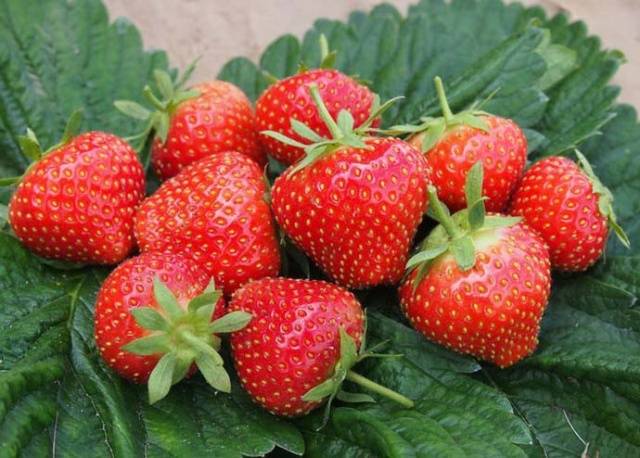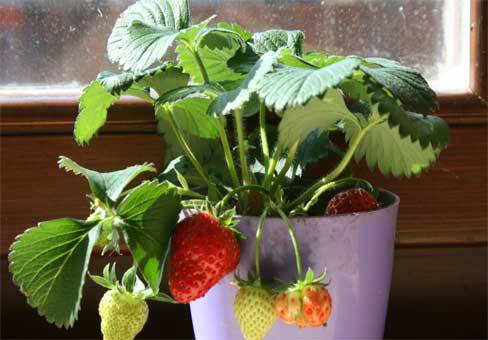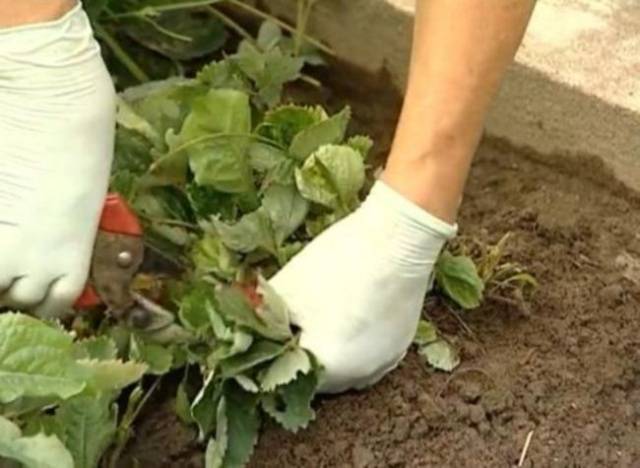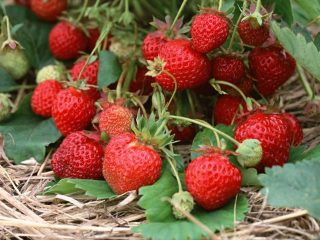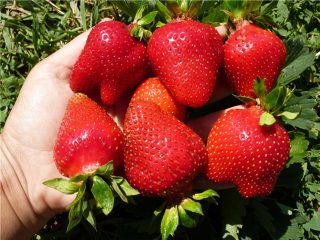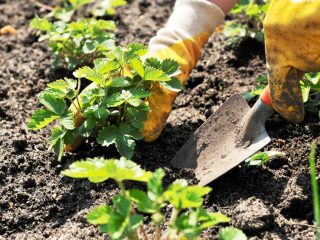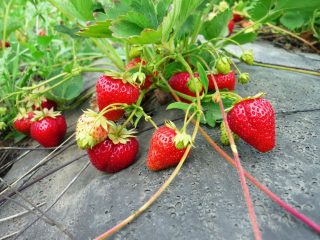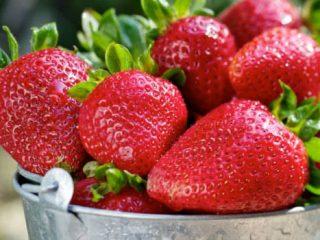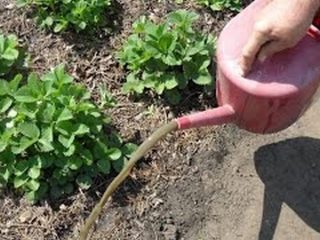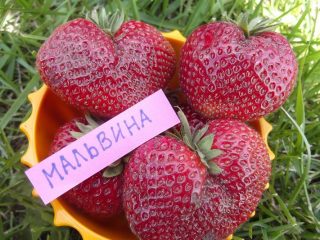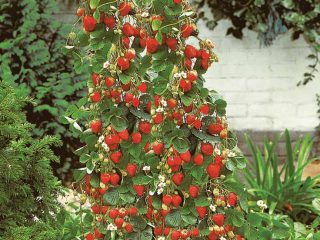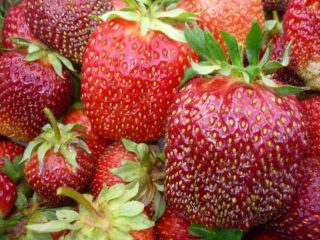Content
It's hard to find a person who doesn't like fragrant strawberries. Almost all gardeners, even with small summer cottages, allocate a piece of land for planting garden strawberries. This means that you need to choose a variety so that several planted bushes will allow you to get a good harvest of berries.
Among the cultivated varieties of strawberries with good yields is the Elsanta strawberry. The attractiveness of garden strawberries is that they can be grown in an apartment, receiving a harvest all year round. Even the New Year's table can be decorated with fragrant berries grown on the windowsill. The features and rules for growing Elsanta strawberries will be discussed further.
A little history
Elsanta strawberries are a product of Dutch selection. The variety is relatively young, created in the late 90s of the last century. Its parents were two varieties - Gorella and Holiday. Its characteristics are the reference for a given crop; strawberry productivity is measured by it.
Description of the variety
It’s hard to imagine Elsanta strawberries without a description of the variety, photos and reviews from gardeners. As the popularity of the variety grows, you need to know what it is:
- The bushes are powerful, with medium foliage, erect.The leaves with noticeable fluff are large, lush green, and shiny. They are slightly concave inward. Leaves are highly wrinkled.
- Elsanta strawberries can be recognized by their thick, tall flower stalks located flush with the foliage. The inflorescence produces many white flowers with a bright yellow center. Flowers of different sizes.
- The Elsanta strawberry variety has large berries up to 50 grams. They are red and shiny. They have a cone shape, a medium-sized cup. The inner part is sweet, with a slight sourness (sugar -7.3%, acid - 0.77%).
- Inside the berries are without voids, dense, crispy. It's the crunch that some people don't like.
- There are a lot of seeds on the berry, they are yellow and clearly visible on the fruit.
- In the Elsanta variety, the stalk comes off easily without damaging the berry.
- In addition to the large number of peduncles, the variety is distinguished by its ability to produce a large number of mustaches. Elsanta strawberries have virtually no downsides.
- Elsanta strawberries are resistant to many diseases characteristic of this crop, but can suffer from root rot and powdery mildew.
- The culture is responsive to heat and sufficient moisture. Dry hot weather and insufficient watering lead to a decrease in the size of the berries, which negatively affects the yield.
- Can be grown in open ground, but the best results are in greenhouses or greenhouses.
- The variety is not frost-resistant, so it requires shelter for the winter.
- It is zoned in many regions of central Russia, Ukraine, and Belarus.
The only drawback of the variety is that the bushes need to be replaced after three years.
In the video, the gardener shares his impressions of Elsanta strawberries:
Productive properties
Many gardeners are interested in the question of the remontability of the Elsanta variety.Let us immediately note that it does not belong to the remontant category, although this does not make its attractiveness any less:
- The variety is high-yielding; if you follow the rules of agricultural technology, you can collect up to one and a half kilograms of juicy aromatic products from one bush, and up to 7000 kg from one hectare. This is why Elsinore strawberries (as they are sometimes called) are grown on an industrial scale.
- Dutch strawberries can be stored in a room for more than 3 days, and in the refrigerator for up to 5 days, without losing their quality.
- The presentation of the berries is not lost during long-term transportation, as gardeners write in reviews.
- Elsanta strawberries are suitable for fresh consumption, making compotes, jams, preserves, and for freezing. After thawing, it does not lose its shape.
Features of agricultural technology
Landing
When planting Elsanta seedlings, you need to take into account the possibility of strawberry growth. It can be planted in two stripes with a distance between bushes of at least 25 cm, and row spacing up to 40-45 cm.
As a rule, experienced gardeners plant the variety in a new location in September. Judging by the reviews, larger berries ripen on fall-planted strawberries. The soil is well watered and the holes are prepared. The seedlings are crimped after planting. If this is not done, the roots may end up on the surface.
This is not a simple statement. After all, gardeners have been breeding this variety for decades. According to their reviews, overfed strawberries become less viable. While bushes planted without feeding tolerate heat well.It is better to feed three-year-old plants. They will be working for the last year, and they need replenishment.
The photo shows strawberries blooming in spring. You can imagine how many berries there will be.
Features of watering
Since Elsinore strawberries are varieties with low drought resistance, they require watering. After planting, the seedlings need to be watered every evening for 30 days. Then once a week. During fruiting, the soil should not be allowed to dry out. When it’s hot, the amount of water per square meter increases to 10 liters. Garden strawberries respond well to drip irrigation.
All other agricultural techniques, according to gardeners with extensive experience in growing strawberries, are no different: loosening, weeding, pest control, disease prevention.
In general, Elsanta strawberries have positive reviews from gardeners. You need to have such plants on your site at least for variety.
Wintering
Elsanta strawberries will not be able to overwinter without shelter even in the southern regions of Russia. Arcs are pulled over the bed, a layer of straw or peat is poured, and dense non-woven material is placed on top.
Garden strawberry bushes need to be watered right up to the shelter. In winter, the bushes should be pruned and well mulched. Although the attitude towards pruning leaves is ambiguous, according to many gardeners, this procedure is necessary to increase the yield of Elsinore strawberries next year.You only need to trim the leaves, leaving the petioles so as not to damage the growing point. The photo shows how to do it correctly.
Cover the plants only with the onset of frost so that the strawberries have enough time to harden.
